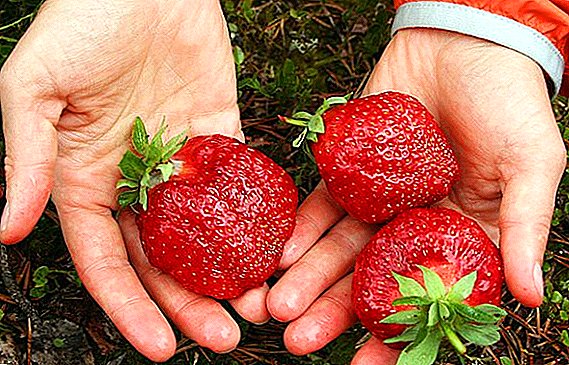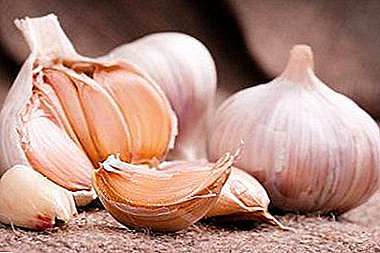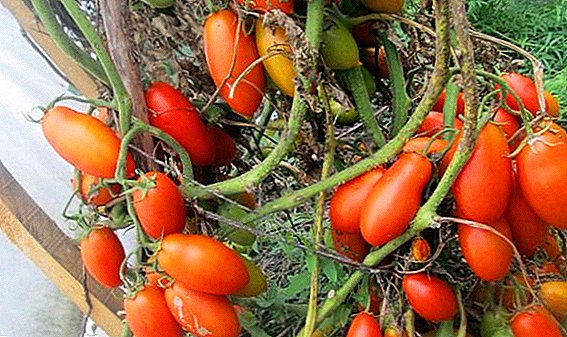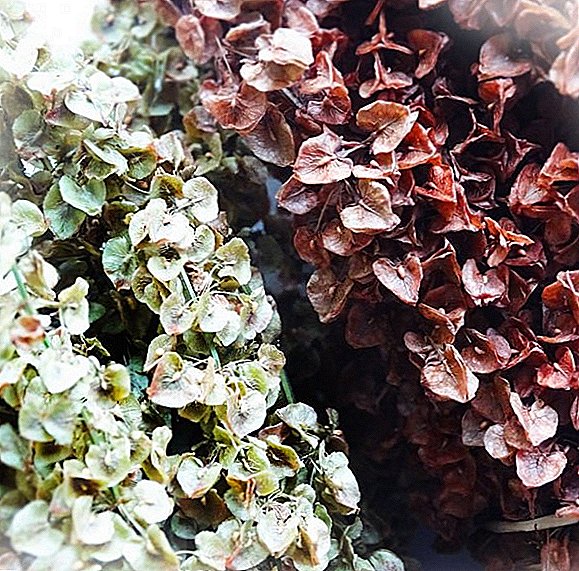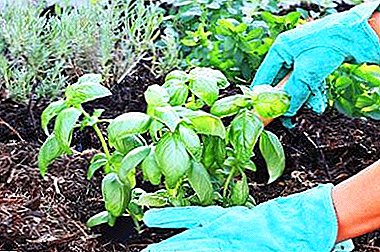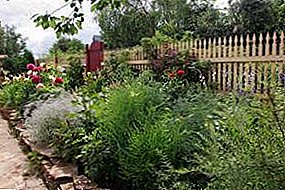
Today we will talk about the choice of figures for the garden plot, about the correct use of mirrors, and we will not bypass the problem of planting plants in rows.
Having analyzed the typical miscalculations in the decor, we will be able to pick up some original ideas for decorating our landscape.
Error 1. Excessive fascination with figures and accessories
 Garden sculptures are quite popular in continental European countries.
Garden sculptures are quite popular in continental European countries.
These figures give the garden its uniqueness, a special aura, make the landscape truly fabulous.
Sometimes it is enough to put one statuette in the center of the plot, and it will give completeness to the whole composition..
Figurines made of plastic, concrete, and stone should enliven the landscape, complement the lawn, and not dominate living plants. It must be remembered that the main task of the figures is to focus on themselves, so they will look advantageous, for example, along the path along the path or near the summerhouse gazebos.
The next problem is the choice of material for sculptures. Landscape designers often recommend natural materials (wood, gypsum, stone), but the artificial material polystone consisting of aluminum hydroxide and acrylic resin can also be the best option. Polistoun is not afraid of a sharp temperature drop, copes with any weather conditions and does not give in to deformation.
For garden design experts advise to base one or two materials. The plot may contain any plot, scenario where each sculpture will logically fit. For example, statues made of stone and plaster will be appropriate for a romantic garden. Another alternative arrangement is the selection of conditional zones, where each zone has its own scenario. For example, antique statues will look organically with amphoras, and bronze lions at the corners of the plot will approach the magic fountain in the center of the garden.
Not only "characters" can be attributed to the figures, but also a variety of different designs: benches, bridges, flower fences, colored flowerpots. Such original ideas for the implementation must necessarily be combined with the figures, characters.
Mistake 2. Incorrect use of mirror effects.
 The mirror is used to visually expand the boundaries of the territory or to decorate some architectural forms.
The mirror is used to visually expand the boundaries of the territory or to decorate some architectural forms.
With it, you can emphasize the beauty of garden compositions, for example, a model of a reservoir from a mirror with a hedge can revive any garden space.
The main task when installing a mirror should be the principle of reflecting the views of nature. For example, small mirror balls will look good on trees, and instead of tracks you can set a path of oval mirrors.
To properly make a mirror in the decor of your site, you must adhere to the following rules:
- Do not place mirrors on the west side of the garden. In the morning, they will reflect the bright sun, which is not the best way to affect growing near the plant.
- Installation of mirrors in open space is not recommended, in order to avoid damage by birds. If the mirror is already installed in an open area, it is advisable to put a figure of a bird of prey next to it or hang a small stuffed animal next to it.
- Must be present the necessary angle. Mirrors are placed on the site at a certain angle on the path, green spaces. Strictly vertical arrangement of the frame will lead to the loss of the desired effect of the continuation of the surrounding nature and garden landscape, and the mirror itself from a distance will seem just an ordinary frame.
A good addition to the mirrors can be LED bulbs, glass figurines. The combined path of pebbles, pieces of a mirror and stone chips will allow you to make a “dry stream” in the garden.
The jagged edges of various mirrors add unpredictable effects that can amaze even the most experienced specialists.
Error 3. The variety of plants when planting them next
 If you plant the plants at a great distance from each other, you get the effect of a plantation, but not design.
If you plant the plants at a great distance from each other, you get the effect of a plantation, but not design.
Ornamental crops should be planted with curtains, i.e., space bounded by walkways or lawns..
It can be said that clumps are the planting unit in the decor.
Undersized shrubs for longline placement should be placed in the front row.
Between the two rows to protect against small animals, it is advisable to tighten the metal grid on wooden stakes; later on, as the plants grow, this grid will become invisible.
No need to plant shrubs more tightly, reducing the distance between them to form a fast dense vegetation.
In the process of growth, the bushes will prevent each other, will create competition, hindering the development of each other, which ultimately will lead to a violation of the integrity of the appearance of the hedge. However, this does not apply to ornamental crops, which grow thicker at high density.
And what mistakes did you make in the design of your garden plot?




